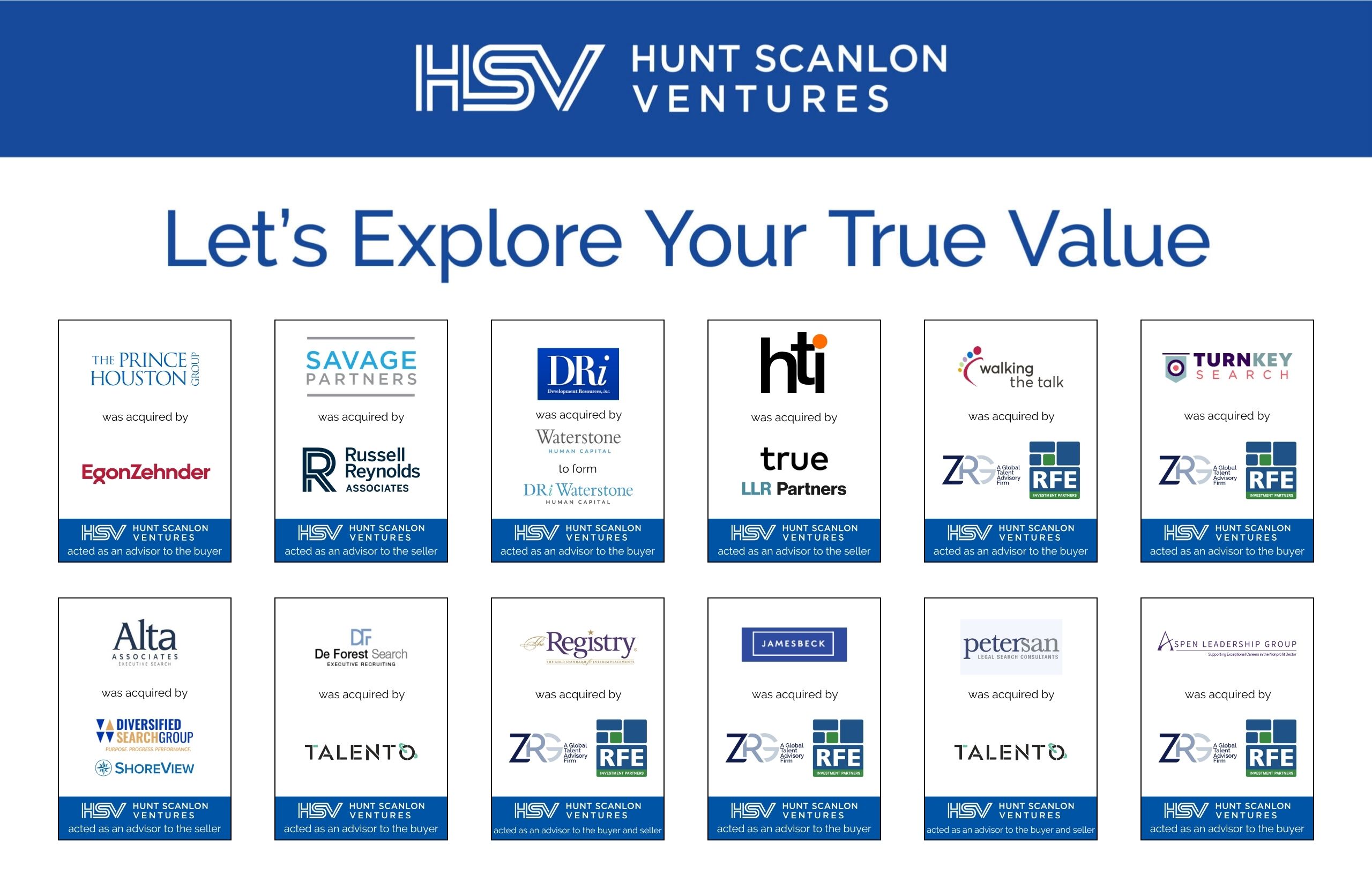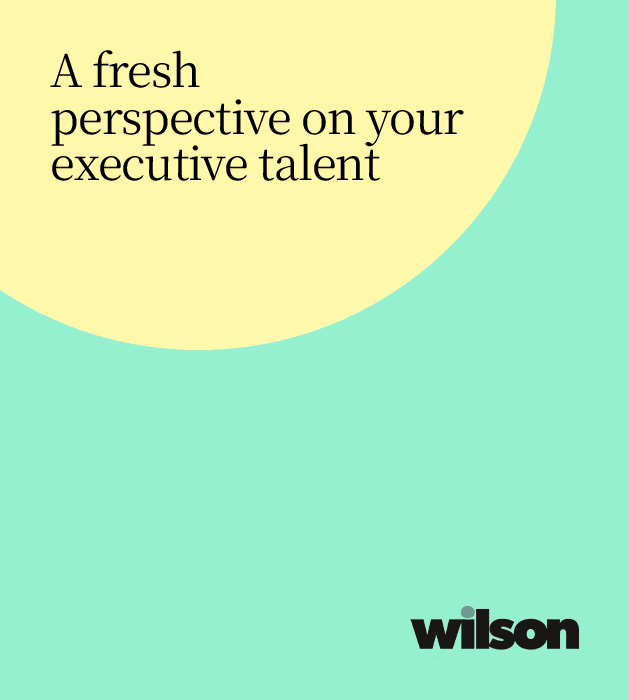Few understand the war for tech talent better than those on the ground in Silicon Valley. As a recruiting partner in Heidrick & Struggles’ San Francisco office, Brad Warga knows this battle well. This week, he sits down with Caleb Edmundson, editor-in-chief of ExitUp, to discuss unlocking value through talent through the eyes of chief people officers.
By focusing on the tech sector, Brad Warga has developed a keen understanding of this slice of the talent market. In a recent market intelligence briefing, What Silicon Valley CPOs Are Saying About the War for Talent, he covers a range of urgent talent topics with CPOs across Silicon Valley – a persistently competitive market for talent.
While the macroeconomy appears turbulent, he says, the demand for top-tier technical and sales talent remains fierce. At the forefront of CPO concerns gleaned from a series of interviews with top leaders in that space, is the uncertainty surrounding the rebound of the tech market from recent downturns and layoffs. Market volatility, coupled with external variables, make the timing of the market recovery unpredictable.
Buyer’s Remorse
Zooming in on the market for tech talent reveals additional intricacies that stem in part from a form of employee buyer’s remorse. Individuals who opted for equity-heavy compensation in 2021 and 2022 are grappling with the unforeseen downturn of their equity, as growth companies defer IPO timelines to 2025 or beyond.
Simultaneously, CEOs, amidst global crises and the rapid evolution of AI, recognize the imperative to upgrade their talent pool. As a response, many leaders are revisiting equity grants to retain key talent, a move that risks alienating existing employees who perceive disparities in reward distribution.
The discrepancy in equity refreshments has prompted questions about fairness and sparked internal conversations on the need for effective communication and education regarding the long-term view of equity value.
Retention Strategies
The evolving compensation landscape underscores a departure from the days of allowing employees to dictate their equity-cash trade-offs. The current scenario reflects a realization that some employees may have made suboptimal choices, and companies are now grappling with the challenge of either losing valuable talent or devising innovative retention strategies.
CPOs in Silicon Valley also appear bullish on remote work, for several reasons. Many companies are taking this opportunity to tap into a global pool of talent and break free from the traditional Silicon Valley hiring model. Hiring outside high-cost hubs not only provides access to diverse talent, but also challenges the culture of employee entitlement that has characterized the past decade. The financial prudence of hiring in lower-cost geographies is gaining prominence, reflecting a shift from the growth-at-all-costs mindset to a more disciplined approach emphasizing profitability and operating margins.
As a backdrop to this already dynamic landscape, we find the intricacies of AI integration. CPOs see the incredible value yet to be uncovered in this technology, but how can it be effectively integrated while mitigating liability issues?
Caleb Edmundson takes a deep dive into this question and a slew of others in this wide-ranging interview with Brad Warga. Let’s take a closer look at an industry sitting at a talent crossroads.
HR leaders have had to be even more strategic about attracting and retaining talent at all levels. What are they doing differently?
There’s a significant trend to look towards new markets in the U.S. to find talent at a lower price point. This means there’s a diversification of comp plans based on geography. Operators are looking to place employees in places like Dallas or Phoenix, where they can make ends meet at a significantly lower price point than if they’re in a traditional hub like New York or San Francisco.
“There’s a significant trend to look towards new markets in the U.S. to find talent at a lower price point.”
Is this a new trend?
While it isn’t a new trend, this market is reaffirming the value of having solid recruitment practices. Our clients that are winning are still focused on speed and capacity for decision making in the hiring process. They are not putting people through 30 interviews; rather, they run a tight process. And part of that is leveraging novel techniques for evaluating people’s work product over just where they went to school.
Are tech CPOs finding it harder to retain talent for software development as the demand grows in other sectors.
While a lot of talent has left the Bay Area, and doesn’t want to come back right now, many of those employees are still working for Silicon Valley companies that allow them to work remotely. While 70% of the offices in downtown San Francisco are vacant, those employees haven’t left Silicon Valley. At the same time, there’s a steady feed of talent coming from Bay Area universities, like Stanford and Berkeley, that are producing world class talent. For these graduates, innovating in the tech sector is the clear goal.
“Our clients that are winning are still focused on speed and capacity for decision making in the hiring process. They are not putting people through 30 interviews; rather, they run a tight process.”
So where can other sectors look to find software talent?
Other sectors have been more likely to find talent outside of the U.S. than to attract Silicon Valley engineers away from that space. There are lots of capable engineers in places like Mexico, Costa Rica, Brazil, and Latvia. Obviously, India has been on this radar for a long time but more recently we’ve seen places like Indonesia attracting attention.
In your market intel briefing you discuss how companies are hiring more in low-cost geographies. To what extent is this trend affecting tech talent?
I think the trend is mostly in G&A: accounting, support, and potentially some low level legal. When it comes to tech, moving talent overseas presents some interesting challenges. If you’re a manager on a development team at a hyper growth Silicon Valley company, you have a choice to make. You can have three engineers in a low-cost geography outside the U.S., or you can have one Silicon Valley engineer sitting next to you. Most people I talk to are still choosing the one.
Other sectors have traditionally not needed the high-level tech talent that Silicon Valley is after. Do you think that trend will change as the digital transformation accelerates?
It’s possible that the need for specialized tech talent will grow in other sectors, but I think it’s unlikely for the top talent to migrate there. We did some research for a large financial institution some time ago looking at the difference between engineering and tech roles in the financial sector and in the tech sector. We found that in the large financial institutions, marketing was defining the product and telling the engineers what to build. In Silicon Valley, the engineers were coming up with the product and then giving it to the marketing team. It’s clear that a large difference in these sectors lies in who gets to truly be the architect and the designer of the product.
“The fastest growing practice Bain has ever seen lies in helping companies find the right path to using their own private data and building chatGPT functionality internally.”
So, this cultural difference seems to be a massive factor in attracting tech talent.
Absolutely. That’s why the best engineers choose to work at Google, Amazon, Netflix, and Meta. They want to work with the latest and greatest technology, and they want to work with super smart engineers sitting next to them. But they also want to be in the driver’s seat and have the freedom and autonomy to be designing something of their own volition. That’s a rare experience for engineers outside of Silicon Valley. For these same reasons you see a lot of tech talent starting to look to the next generation of tech companies for that kind of opportunity. These include cybersecurity companies, and of course companies working on AI solutions.
Can you elaborate on the privacy challenges CPOs are facing in leveraging AI?
People are worried about turning their employees loose to serve clients, or the company, when so much of the data that these models draw from the open web is not correct. This is clearly a liability issue. There have been numerous examples of legal professionals putting something into chatGPT and it cites non-existent case law. I also think people are very reluctant to feed a lot of their data into chatGPT even to have it complete tasks that it has shown a real aptitude for, like writing job descriptions. If you’re taking your data and feeding it into the system, what’s happening with that data? And who’s got access to it? Essentially companies are worried that if employees are taking company data, and putting it into the system, where does that end up?
Do you see any solutions in easing AI integration?
I see a lot of people saying they are going to wait to see what Microsoft, Facebook, and Google do. There’s a feeling that the big players are going to be able to offer solutions to these problems in the relative near term. I also see a massive business opportunity for consultants. We had a partner’s conference recently where the CEO of Bain spoke. Apparently the fastest growing practice Bain has ever seen lies in helping companies find the right path to using their own private data and building chatGPT functionality internally.
Article By

Caleb Edmundson
Caleb A. Edmundson is Editor-in-Chief of ExitUp, the investment blog from Hunt Scanlon Ventures designed for professionals across the human capital M&A sector. Caleb serves as an Associate for Hunt Scanlon Ventures, providing robust industry research to support the firm’s investment group. Connect with Caleb.






